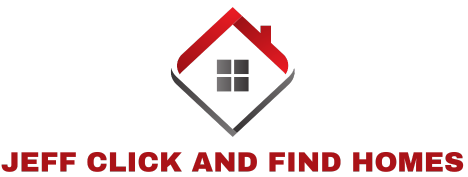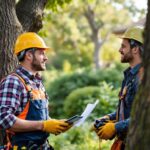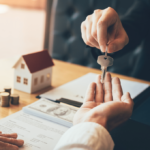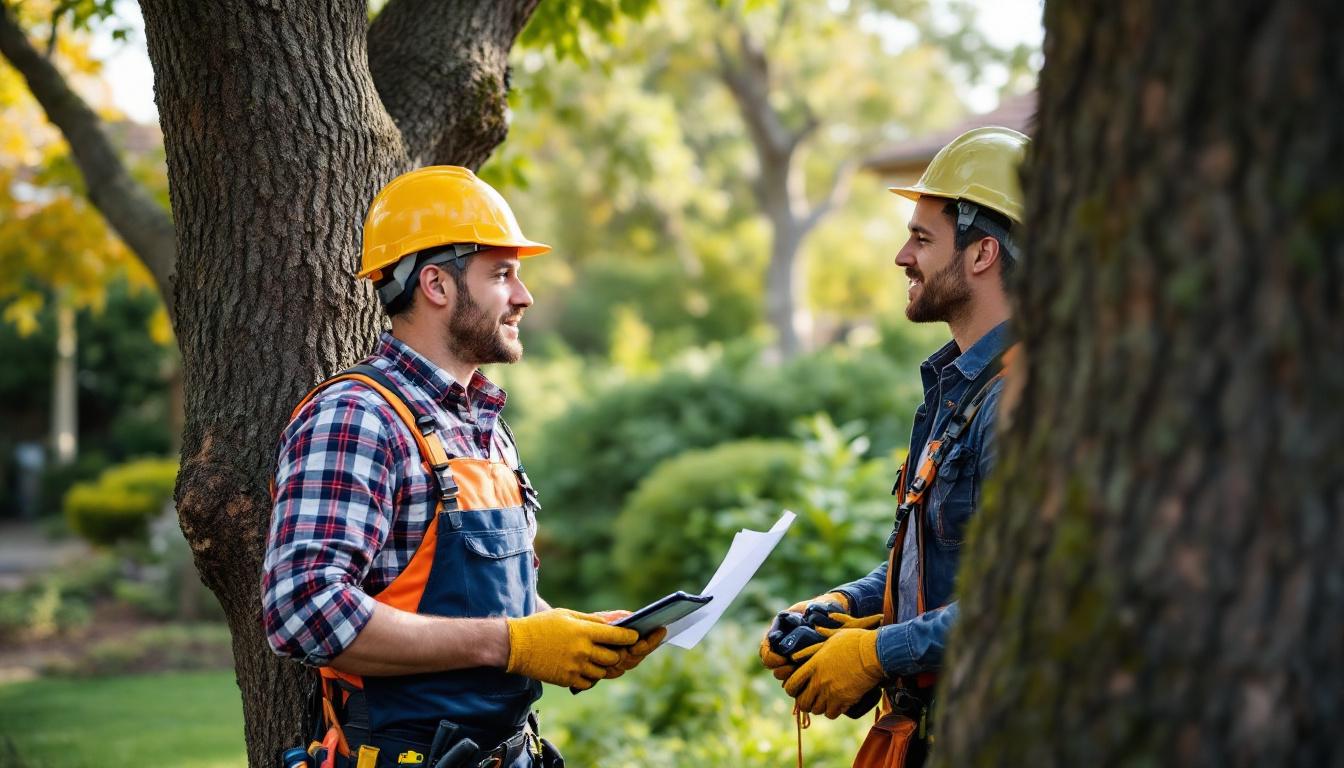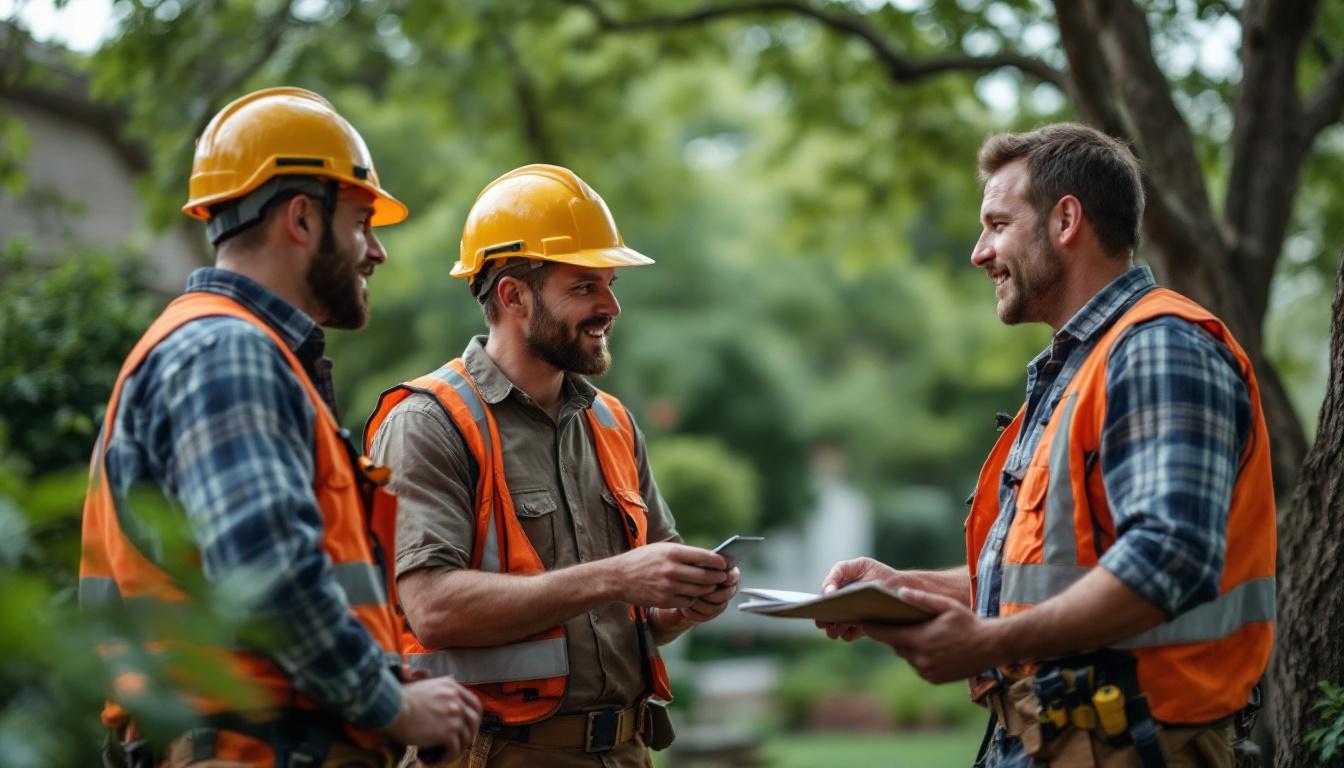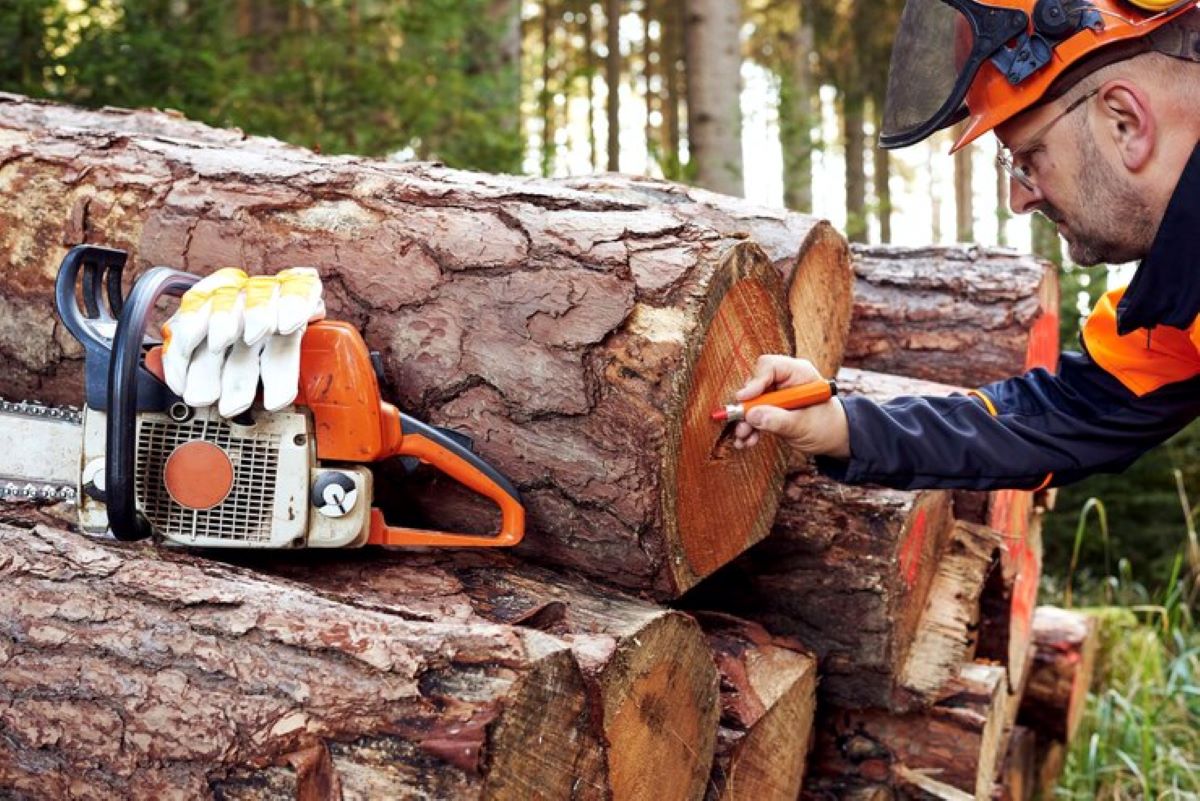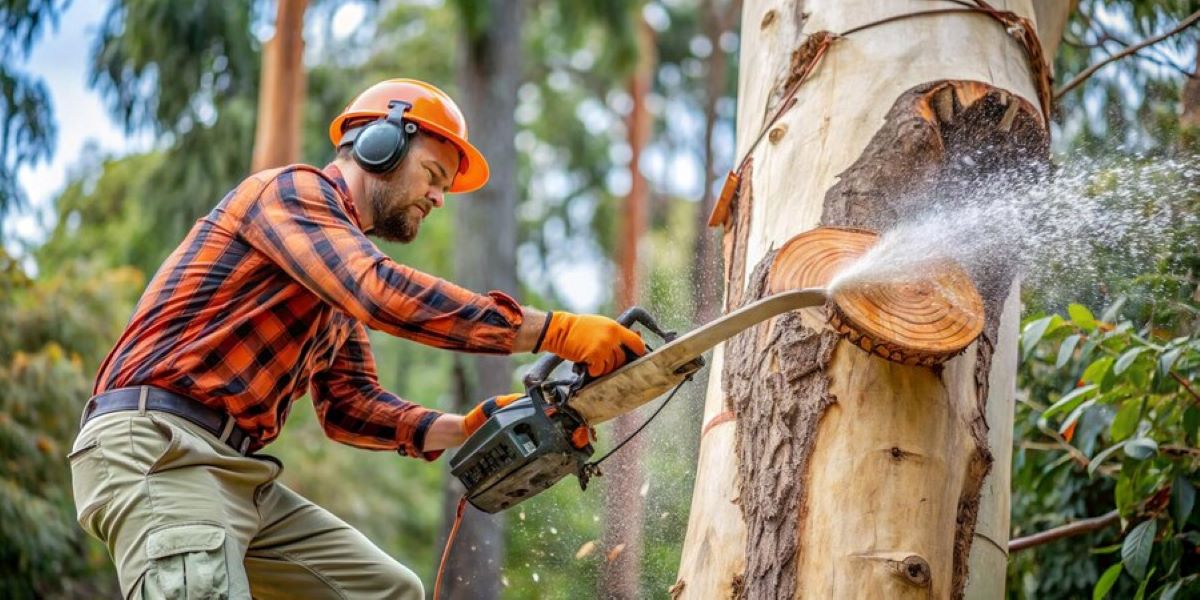What Are Tree Height Restrictions in Urban Areas and Why Do They Matter in Crows Nest?
Tree height restrictions are regulatory limits set by local councils that control how tall trees can grow in residential and commercial zones. These rules help prevent trees from interfering with essential infrastructure like power lines, blocking sightlines at intersections, or overshadowing neighbouring properties.
In Crows Nest, managing tree heights addresses several critical concerns:
- Safety risks: Tall trees near power lines can cause electrical hazards during storms or high winds
- Infrastructure protection: Roots and branches from oversized trees may damage roads, footpaths, and underground utilities
- Neighbour relations: Excessive height can block sunlight, obstruct views, and drop debris onto adjacent properties
- Urban planning: Controlled canopy growth supports the suburb’s character while maintaining liveable streetscapes
Arborist Crows Nest professionals understand these competing priorities. They balance the ecological benefits of mature trees with practical urban constraints, ensuring vegetation enhances rather than compromises community wellbeing. Proper urban tree management requires expertise in both horticultural science and local compliance frameworks.
What Are the Legal Guidelines for Tree Height Restrictions in Crows Nest?
Local councils in Crows Nest establish specific regulations that determine maximum tree heights based on zoning classifications and proximity to infrastructure. These legal guidelines vary depending on whether trees are located near power lines, roadways, or property boundaries, with councils typically setting height limits to prevent interference with essential services and maintain public safety.
Vegetation Protection Orders (VPOs) play a critical role in tree management by legally protecting significant, heritage, or environmentally valuable trees from pruning or removal. When a VPO applies to a tree, property owners cannot reduce its height without council approval, regardless of other height restrictions in the area. These orders override standard pruning rights and require formal applications before any work proceeds.
Crows Nest council regulations also incorporate Development Control Plans (DCPs) that outline acceptable tree heights for different residential and commercial zones. Property owners must check:
- Current zoning requirements for their specific location
- Whether any protective orders exist on their trees
- Distance requirements from overhead cables and underground services
- View protection clauses that may affect neighboring properties
The council maintains a register of protected trees and vegetation, which property owners should consult before planning any height reduction work. Arborists working in the area must verify these protections and obtain necessary permits before commencing tree management activities that involve height modification.
Who Is Responsible for Managing Trees Under Height Restrictions?
Tree-keepers are the individuals or entities who own or control the land where a tree grows, making them legally responsible for its management. Property owners in Crows Nest automatically assume tree-keepers responsibilities when trees exist on their land, regardless of whether they planted them.
These legal obligations require tree-keepers to:
- Maintain trees so they don’t unreasonably obstruct neighbours’ views, sunlight, or property use
- Remove or trim overhanging branches that cross property boundaries
- Prevent tree-related damage to adjacent properties, including structural harm or utility interference
- Ensure trees don’t pose safety hazards to pedestrians or vehicles
Property owners must act on complaints about tree height or overgrowth unless a Vegetation Protection Order prevents pruning. Failing to address legitimate concerns can result in neighbour disputes or council enforcement action. Tree-keepers can enter neighbouring land to perform necessary maintenance after providing written notice, though they remain liable for any damage caused during work.
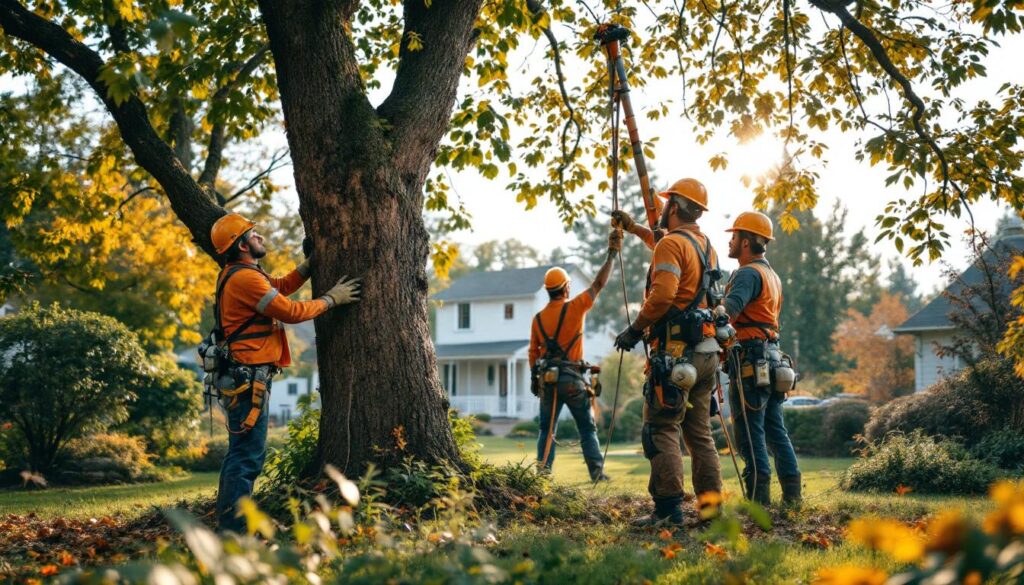
How Do Arborists Work Within These Regulations to Manage Tree Heights?
Professional arborists in Crows Nest interpret council policies and apply specialized knowledge to maintain trees within legal height parameters. They begin by reviewing local development control plans and vegetation management guidelines specific to the area, ensuring all pruning activities align with North Sydney Council requirements.
The arborist role extends beyond simple cutting—it involves assessing tree health, identifying appropriate pruning zones, and determining sustainable reduction methods. When managing tree height restrictions in urban areas, qualified arborists use techniques that preserve the tree’s structural integrity and vitality.
Pruning Practices for Height Management
Crown reduction removes selective branches to decrease overall tree height whilst maintaining natural form. This method differs from topping, which damages trees and creates hazardous regrowth patterns.
Directional pruning guides growth away from power lines, buildings, or neighbouring properties by removing specific leaders and encouraging lateral development.
Formative pruning shapes younger trees early, preventing excessive height development before restrictions become problematic. In cases where branches extend over rooftops, it’s crucial to address these concerns promptly. Arborists have specific strategies for such situations that ensure both the safety of the property and the health of the tree.
Compliance with Local Policies
Arborists document all work through detailed reports that demonstrate compliance with local policies. They verify whether trees are protected under VPOs before commencing any height reduction work. When restrictions apply, they liaise directly with council officers to obtain necessary permits or exemptions. This professional approach ensures property owners avoid penalties whilst maintaining healthy urban canopy coverage throughout Crows Nest’s residential streets.
What Factors Influence Tree Height Limits in Urban Environments Like Crows Nest?
Tree height limits depend primarily on proximity to power lines, which pose serious safety risks when branches grow too close to electrical infrastructure. Council regulations typically mandate specific clearance zones around overhead cables, requiring arborists to maintain trees well below these critical thresholds to prevent outages and fire hazards.
Roadways and property boundaries create additional constraints on allowable tree heights. Trees near streets must not obstruct driver visibility at intersections or interfere with traffic signals and street lighting. Property line considerations become particularly important when branches extend beyond boundaries, potentially blocking neighbors’ access to natural light and compromising their views.
Sunlight access represents a significant factor in height determinations. Local policies often protect residents’ rights to reasonable solar exposure, especially for gardens, solar panels, and living spaces. Trees that cast excessive shade onto neighboring properties may require height reduction to restore adequate light penetration throughout the day.
Urban canopy goals balance these restrictions with environmental objectives. Councils aim to maintain sufficient tree coverage for cooling, air quality, and biodiversity while respecting infrastructure and community needs. Arborists must consider species-specific growth patterns when selecting or managing trees, choosing varieties that naturally stay within acceptable height ranges for their location. Native species often receive preferential treatment in planning decisions due to their ecological value and adaptation to local conditions.
How Should Communication Be Handled Between Neighbours Regarding Tree Management?
Proper neighbour communication prevents disputes and ensures legal compliance when managing trees near property boundaries. Written notice must be provided before entering a neighbour’s land for pruning work, giving them reasonable time to respond or raise concerns about the planned maintenance.
Effective communication practices include:
- Providing written notice at least 14 days before any pruning activity
- Clearly explaining which branches require removal and why
- Offering to discuss the work face-to-face if concerns arise
- Sharing arborist reports or council approvals when relevant
- Documenting all correspondence for future reference
Pruning permissions become particularly important when branches overhang property lines. While tree-keepers have rights to trim overhanging vegetation, respectful dialogue helps maintain positive relationships. Sharing photos or diagrams of the proposed work demonstrates transparency and allows neighbours to understand how their property might be affected.
Professional arborists often facilitate these conversations, using their expertise to explain technical aspects and reassure concerned parties about tree health and safety protocols.
What Are the Consequences of Not Complying with Tree Height Restrictions?
Failing to comply with tree height restrictions can lead to various penalties imposed by North Sydney Council, including formal warnings and substantial fines. Property owners who disregard these height restrictions may also face legal action, which could result in forced removal of the trees at their own expense.
The financial risks associated with non-compliance go beyond just council enforcement. If trees grow taller than allowed and cause damage to neighbouring properties—such as blocking sunlight, damaging buildings, or dropping branches—the owners of those trees become responsible for compensating the affected property owners. This can lead to expensive legal battles and repair costs in cases involving property damage liability.
Moreover, such disputes often require extensive mitigation efforts, further escalating costs and complications.
Common consequences include:
- Fines up to several thousand dollars for breaching local tree management policies
- Court orders mandating immediate tree reduction or removal
- Legal costs from neighbour disputes over view obstruction or property damage
- Increased insurance premiums following damage claims
Arborist Crows Nest professionals regularly advise clients that prevention costs significantly less than remediation. Trees left unmanaged may develop structural issues that compound legal risks, particularly if they eventually fail and cause injury or property destruction.
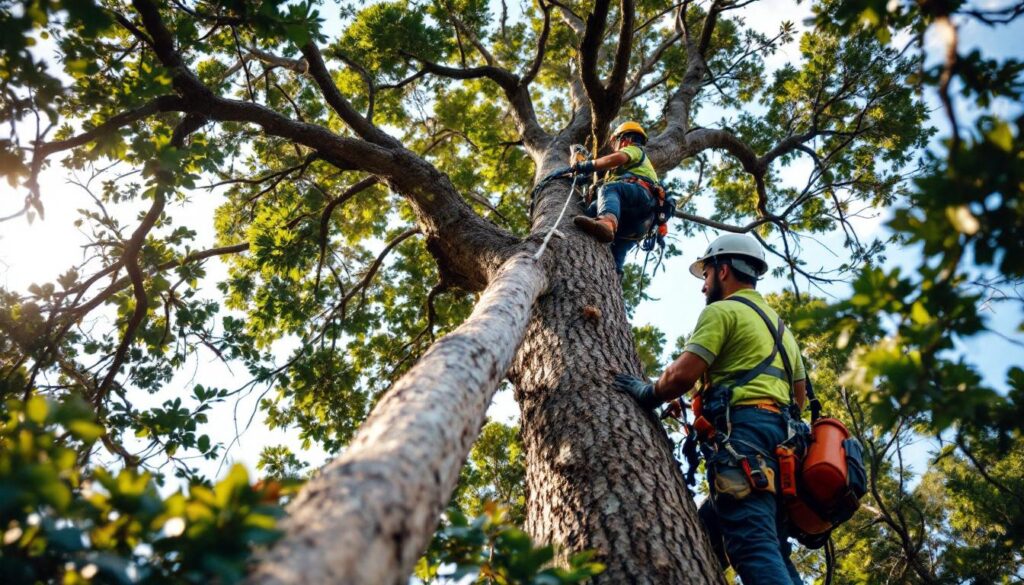
How Can Property Owners Benefit from Hiring a Professional Arborist in Crows Nest?
Professional arborists bring specialized knowledge that transforms complex tree management into straightforward solutions. Their expertise in navigating regulations and protective orders ensures property owners avoid costly legal pitfalls whilst maintaining their urban canopy.
Key professional arborist benefits include:
- Regulatory compliance expertise – Arborists understand Vegetation Protection Orders and council-specific height restrictions, preventing inadvertent violations that trigger fines
- Safe pruning services – Certified professionals use proper techniques that maintain tree health whilst achieving required height reductions
- Risk assessment capabilities – Expert advice identifies potential hazards before they become insurance claims or neighbour disputes
- Documentation support – Arborists provide necessary reports for council applications and neighbour notifications
Qualified arborists ensure healthy tree growth within legal limits through strategic pruning schedules that respect both biological needs and urban constraints. They assess soil conditions, structural integrity, and growth patterns to develop maintenance plans that keep trees thriving at compliant heights. Their insurance coverage and safety certifications protect property owners from liability during complex tree work near power lines or property boundaries.
What Steps Should You Take to Manage Tree Heights Legally and Safely in Crows Nest?
Begin by requesting a professional assessment from a qualified arborist who understands local council regulations and height restrictions. An arborist consultation provides tailored recommendations specific to your property’s trees and their proximity to infrastructure, boundaries, and protected vegetation orders.
Safe tree management requires checking council records for any Vegetation Protection Orders before undertaking pruning work. Your arborist will identify which trees can be legally modified and recommend appropriate techniques that maintain tree health whilst ensuring legal compliance with height limits.
Document all communications with neighbours regarding planned tree work, particularly when branches overhang property lines. Written notices protect both parties and demonstrate your commitment to respectful tree management practices.
Contact a certified Arborist Crows Nest specialist today to develop a compliant tree management plan. Professional arborists deliver solutions that balance urban canopy preservation with safety requirements, protecting you from potential fines whilst maintaining healthy trees within legal parameters. Don’t risk non-compliance—schedule your arborist consultation now for expert guidance on managing tree height restrictions in urban areas.
More to Read : Which Native Trees Are Best for Privacy Screening in Pennant Hills
FAQs About Tree Care and Management in Sydney’s Hills District
Heritage listed trees are officially recognised for their historical, cultural, or environmental significance. They connect communities to local history, support wildlife, and contribute to the suburb’s green character.
2. How Do I Apply for Tree Work on Heritage Listed Trees in Turramurra?
Property owners must submit a Tree Application with detailed documentation, including site maps, photographs, and an arborist report if pruning or removal is proposed. Council approval is mandatory before any work.
3. Why Should I Hire a Qualified Arborist for Heritage Tree Preservation?
Qualified arborists have the expertise to assess tree health, structural integrity, and risks while complying with council regulations. Their professional reports increase approval chances and ensure safe, sustainable tree care.
4. How Can Regular Tree Maintenance Prevent Storm Damage in Pymble?
Regular inspections, pruning, deadwood removal, and root care strengthen mature trees against high winds and heavy rain. Preventative maintenance reduces emergency removal needs and property damage.
5. What Are the Key Arborist Techniques for Storm Risk Management?
Arborists use selective pruning, crown reduction, cabling, bracing, and root zone management to reduce hazards while maintaining tree health and structural integrity.
6. Why Are Native Trees Ideal for Privacy Screening in Pennant Hills?
Native trees like Callistemon, Lilly Pilly, Viburnum, Leighton Green, and Cypress Pine adapt to local climate, support wildlife, require less water, and establish faster than exotic species.
7. Which Factors Should I Consider When Choosing Trees for Privacy Screens?
Consider tree height, density, growth rate, evergreen foliage, local climate suitability, soil type, sunlight exposure, and long-term maintenance requirements.
8. What Are Tree Height Restrictions in Urban Areas Like Crows Nest?
Local councils set height limits to prevent interference with power lines, roads, neighbouring properties, and public safety. Compliance protects both property owners and community infrastructure.
9. How Can Professional Arborists Help With Tree Height Restrictions?
Arborists provide safe pruning, crown reduction, and formative pruning while ensuring compliance with council regulations, Vegetation Protection Orders, and neighbour agreements. They also document work for legal and safety purposes.
